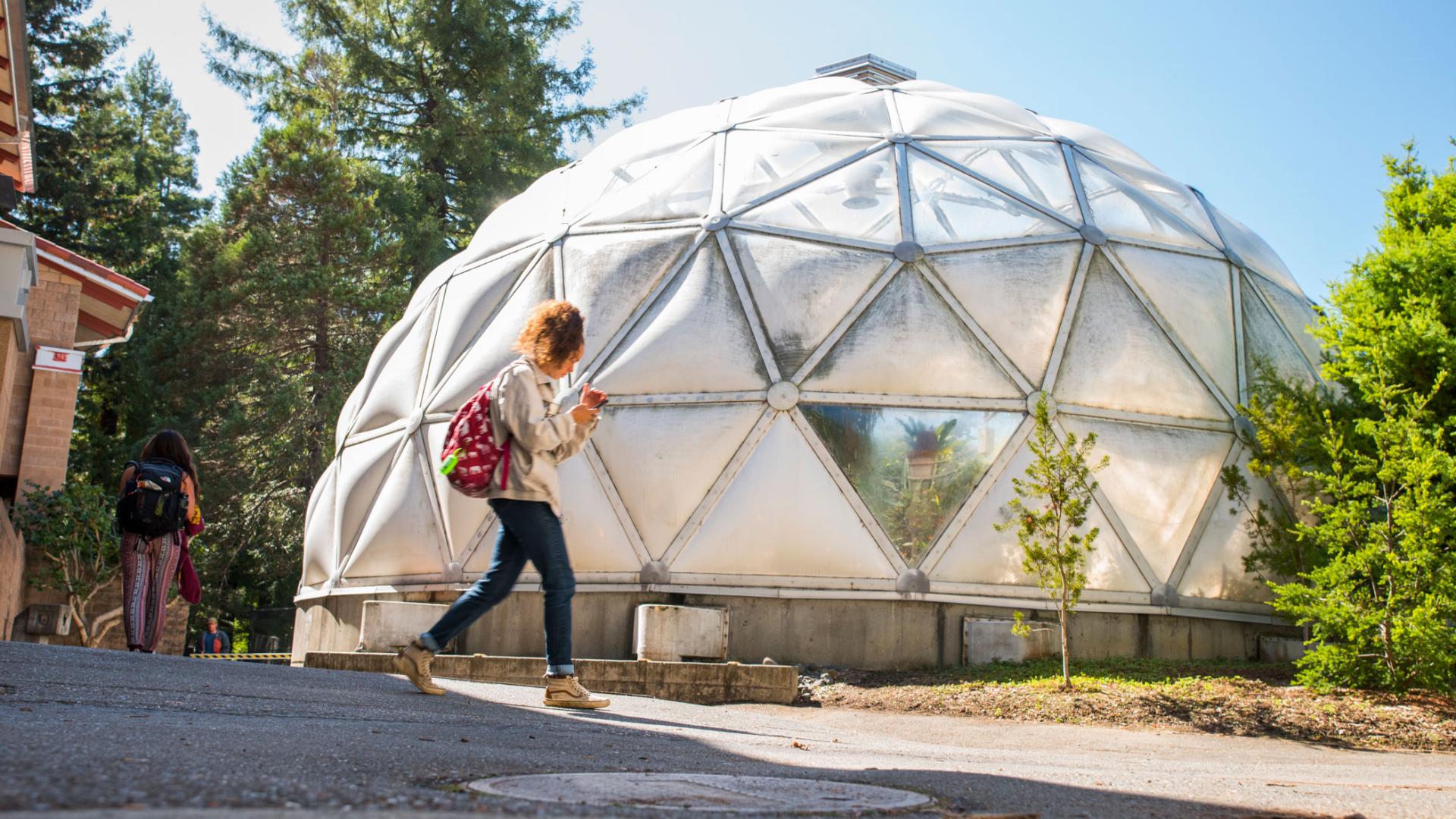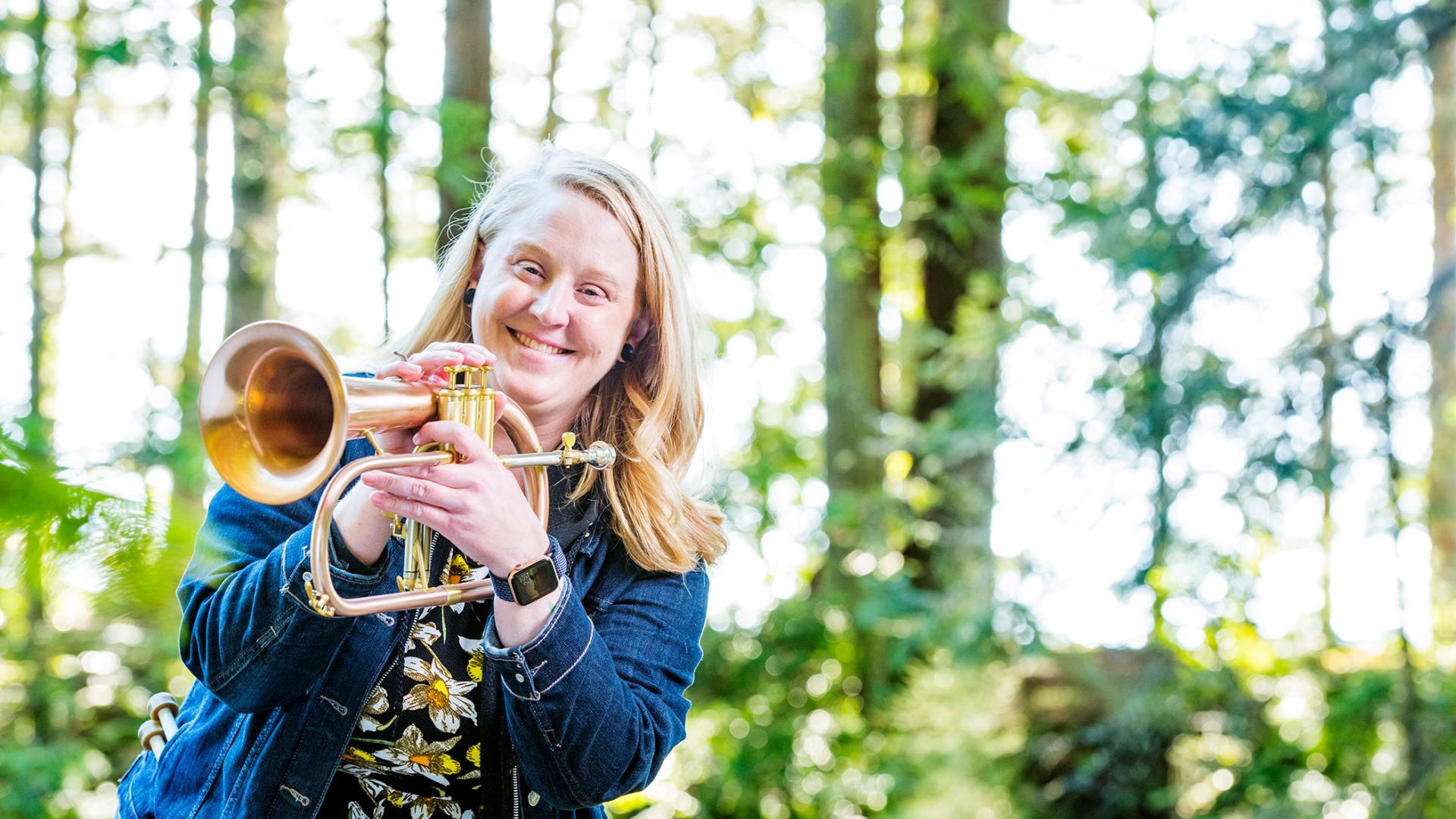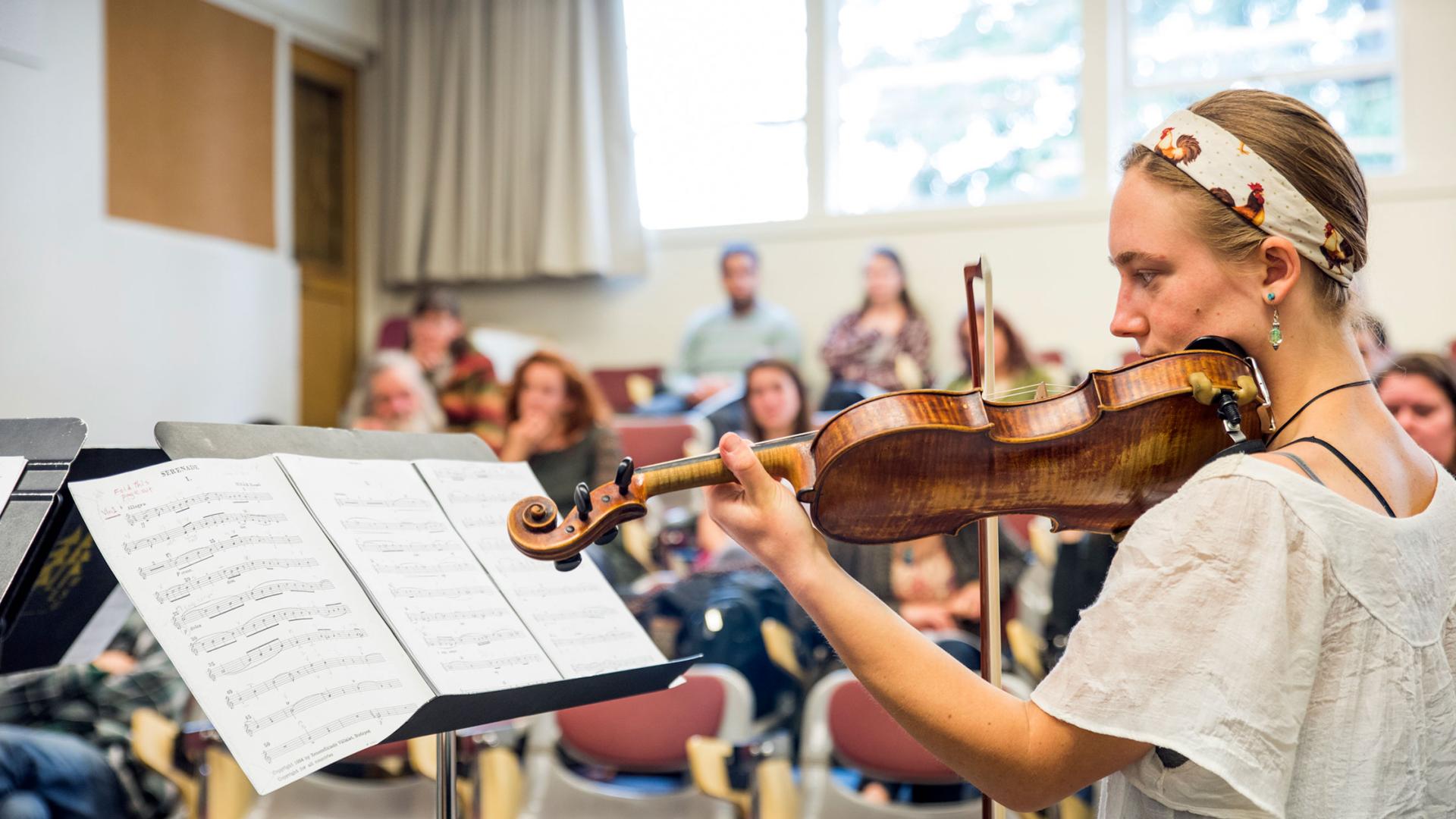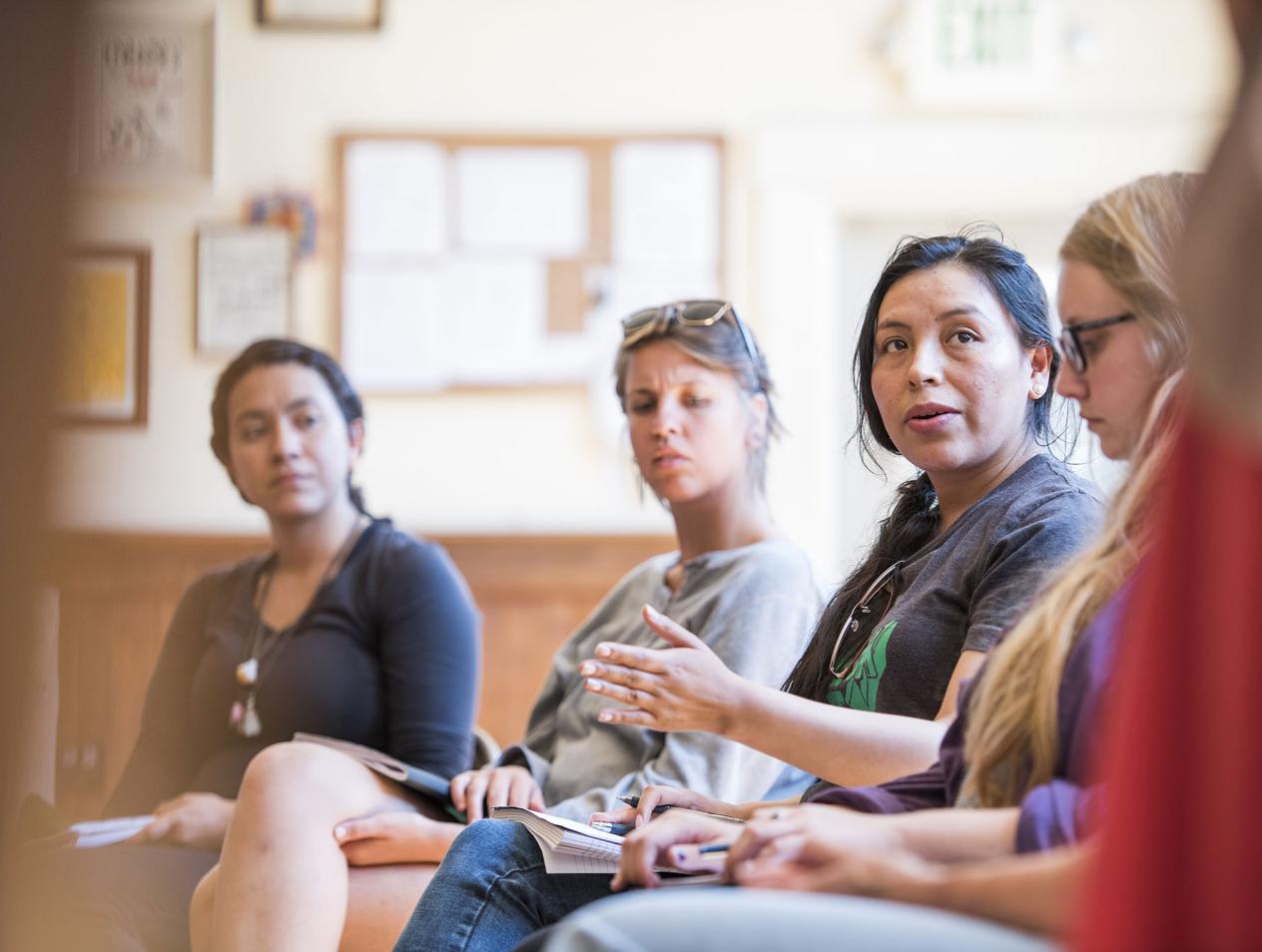Sana Algaraibeh
Breadcrumb

Sana Algaraibeh
Associate Professor
- Ph.D. in Computer Science, University of Idaho, May 2023
- M.S. in Computer Information Systems, University of Banking and Financial Sciences, Jordan, November 2004
- B.S. in Computer Science, University of Jordan, Jordan, June 1998






